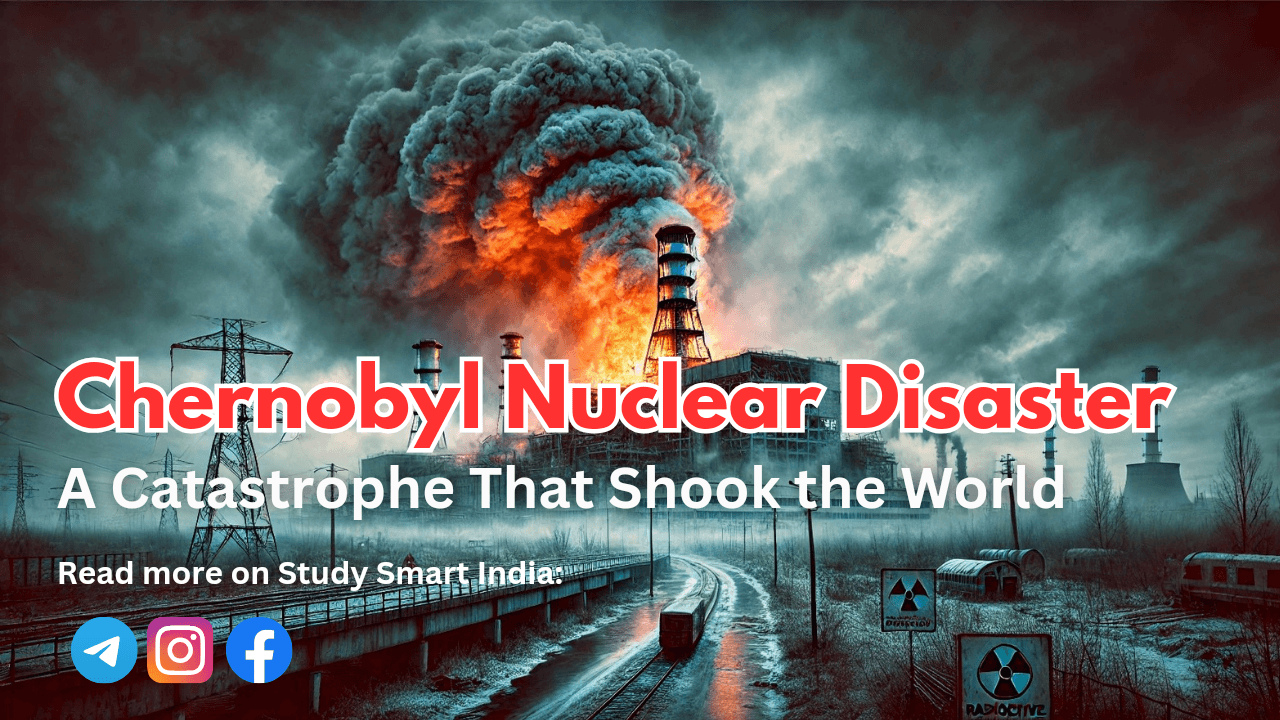April 26, 1986—a date inscribed in history as one of the darkest chapters in nuclear energy’s development. The Chernobyl nuclear disaster, which took place at the Chernobyl Nuclear Power Plant near Pripyat in Soviet Ukraine, remains a sobering reminder of the possible horrors of nuclear energy if proper safety measures are overlooked.
The Accident
It was the early morning of April 26 that saw a safety test conducted on Reactor No. 4 of the Chernobyl Nuclear Power Plant end in catastrophe. During this experiment, operators stopped the power-regulating system and its emergency safety system in an attempt to create the effect of a total blackout. Unintended results of these actions culminated in a massive surge in power. The blast it caused blew apart the core of the reactor and allowed massive amounts of radioactive material into the atmosphere.
Instant Impact
The explosion and fire at Reactor No. 4 caused radioactive material to be spread across huge areas of Europe. Pripyat, a town that housed the plant workers and their families, was evacuated only after 36 hours. In the meantime, the residents had been exposed to harmful levels of radiation.
The Soviet Union downplayed the incident but soon realized the extent of the disaster when Sweden started reporting unusual levels of radiation and asked for explanations. The delay in public communication worsened the health impacts for those in the vicinity.
Human and Environmental Cost
Within hours of the accident, two plant workers died. The acute radiation syndrome killed 28 emergency workers and plant operators within weeks. Many more thousands suffered long-term health effects, with an increased incidence of thyroid cancer directly attributed to the accident.
The environmental impact was equally devastating. Vast areas around the plant were declared uninhabitable, and thus the “Chernobyl Exclusion Zone” was created, spanning about 2,600 square kilometers. Wildlife and vegetation were heavily contaminated, and many species experienced genetic mutations.
Global Lessons
The Chernobyl disaster highlighted the critical need for strict safety protocols in nuclear facilities. It also brought about sweeping changes in the global nuclear energy industry, with stricter regulations and improved reactor designs to prevent future incidents.
In 2016, a new steel sarcophagus was installed over Reactor No. 4 to prevent further radiation leaks, symbolizing humanity’s ongoing battle with the consequences of the disaster.
Legacy
Today, Chernobyl stands out as a stark reminder of how technology can easily get in the way of safety, and the site is gradually becoming a place of interest for researchers and tourists as its scars continue to attest to the long-lasting effect of the disaster on human life and the environment.
The Chernobyl nuclear disaster was not just a Soviet tragedy but a wake-up call for the world regarding risks and responsibilities associated with the harnessing of nuclear power. In this quest to find cleaner energy sources for the world, the lessons of Chernobyl can never be forgotten.


[…] Also Read Chernobyl Nuclear Disaster […]